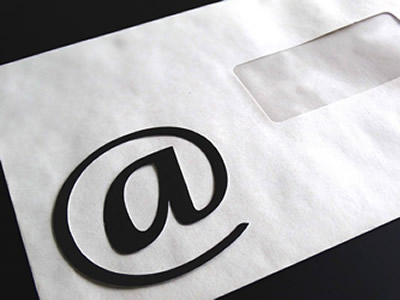
How Email Works
Basics and Protocols Explained
Most of us use email every day, often multiple times. But have you ever wondered how email works and why it has become such an important part of daily life? From login passwords to instant delivery, email has become the backbone of modern communication.
The invention of email changed everything, especially in the workplace. Before email, people relied on USPS mail, often called “snail mail,” or even earlier, horse-drawn mail carriers. Eventually, mail trucks delivered messages across towns and cities. Today, an email can arrive within seconds. As a result, technology has completely transformed the way we connect.
A Brief History of Email
The first version of what became email appeared in 1965 at MIT. It was part of the Compatible Time-Sharing System, which let users share files and messages on a central disk while logging in from remote terminals. You can read more about its history on the Computer History Museum.
Later, services such as Hotmail (later purchased by Microsoft), Yahoo, and AOL helped email reach the mainstream. Microsoft Outlook and Gmail eventually became dominant platforms, shaping how we use email today. My own father still uses his @aol.com address!
How Email Works
Email works through a set of rules called protocols that transfer messages between computers. When you send an email, one computer delivers the message to a mail server, and the recipient’s computer then accesses it.
There are four common protocols: IMAP, POP3, SMTP, and Exchange. Each handles storage and access differently.
IMAP and POP
IMAP
The Internet Message Access Protocol (IMAP) lets you read email directly from the server without downloading it. This means you can check your inbox from anywhere, on any device. For example, whether you are traveling, visiting a friend, or sitting at a soccer game, IMAP keeps your email synced. Learn more from Mozilla Thunderbird’s IMAP guide.
POP
The Post Office Protocol (POP) works differently. It downloads messages to your computer through a mail client such as Outlook, Thunderbird, or Apple Mail. Once downloaded, the sent and received messages stay on your device, not on the server. Many internet service providers still rely on POP accounts. More details are available from Google Workspace.
Webmail
Services such as Outlook, Gmail, Hotmail, and iCloud offer webmail, which you access through a browser. Simply log in online and manage your inbox.
Email apps such as Outlook, Thunderbird, and Apple Mail make it easy to manage multiple accounts in one place. When you add a webmail account, the app usually sets it up as IMAP. If it fails, it may default to POP. In that case, you need the POP and SMTP server information from your provider. Example settings might look like this:
-
Incoming Mail (IMAP): imap.[provider].com
-
Incoming Mail (POP): pop.[provider].com
-
Outgoing Mail (SMTP): smtp.[provider].com
SMTP
The Simple Mail Transfer Protocol (SMTP) handles outgoing messages. Mail servers and message transfer agents use SMTP to send and receive email. Learn more about Cloudflare’s SMTP guide.
Email with Grateful Web Services
Understanding how email works may seem technical, but setting it up doesn’t have to be stressful. At Grateful Web Services, we include email hosting as part of our hosting packages. With your website and email managed under one roof, you can simplify your business operations. Have questions? We’re here to help.
Email Definitions
What is IMAP?
IMAP stands for Internet Message Access Protocol. It lets you read email directly from the server without downloading it, which keeps your inbox synced across devices. Learn more in Mozilla’s IMAP guide.
What is POP?
POP stands for Post Office Protocol. It downloads messages to your computer, where they are stored locally. This is common with accounts set up in programs like Outlook or Apple Mail. See Google’s POP guide.
What is SMTP?
SMTP stands for Simple Mail Transfer Protocol. It is the standard method used by mail servers to send and receive email messages. Read more at Cloudflare’s SMTP overview.
What is Webmail?
Webmail is email that you access through a browser, such as Gmail, Outlook.com, or iCloud. You don’t need a mail client, just an internet connection and your login credentials.
Grateful Web Services offers email along with our hosting service. Have questions? Ask us about it!



